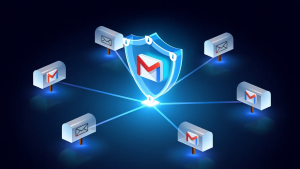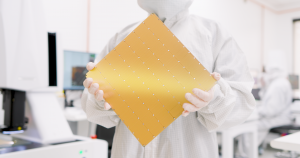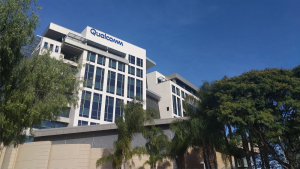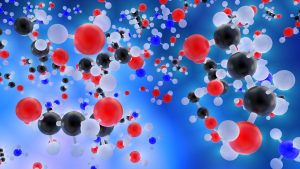Another Blue Ribbon Supercomputer for IBM
![]() IBM’s Sequoia is now officially the fastest supercomputer in the world, beating down Japan’s Fujitusu-made K Computer into second place by some distance, according to a new list published by Top500.
IBM’s Sequoia is now officially the fastest supercomputer in the world, beating down Japan’s Fujitusu-made K Computer into second place by some distance, according to a new list published by Top500.
Sequoia, which is installed at the US Department of Energy’s Lawrence Livermore National Laboratory in California, sees the US return to the pole position it occupied two years ago before being unseated by China in 2010.
The supercomputer will be deployed at the Lawrence Livermore National Laboratory to assist with its nuclear weapons management, with its primary goal being to extend the life of America’s aging nuclear weapons stocks.
Thomas D’Agostino, administrator of the National Nuclear Security Administration (NNSA), explained the value of Sequoia in a brief statement:
“While Sequoia may be the fastest, the underlying computing capabilities it provides give us increased confidence in the nation’s nuclear deterrent. Sequoia also represents continued American leadership in high performance computing.”
The processing power of Sequoia is absolutely immense, chalking up an outrageous 16.32 petaflops from its nearly 1.6 million processing cores. To put this into perspective, the K Computer boasts only 705,000 processing cores, and can achieve a mere 10.51 petaflops in comparison.
Petaflops, for those unfamiliar with the term, amount to 1,000 trillion floating point operations per second. In layman’s terms, a single petaflop equates to approximately 150,000 computations a second for every single human on the planet – that’s a lot of computations by anyone’s standard.
Another example of Sequoia’s power is this – the computer is able to calculate the same number of computations that all the people in the world could do using hand calculators for the next 320 years, in just one hour.
It’s also interesting, from a nostalgic point of view, to compare Sequoia to the original supercomputer CM-5/1024, which topped the first ever list of supercomputers in 1993. According to Professor Jack Dongarra, who helped compile the latest list alongside German professor Hans Meuer, Sequoia is 273,930 faster than its predecessor, capable of doing the same number of calculations in just one second that CM-5/1024 would have taken three days to achieve.
Moreover, not only is Sequoia the fastest computer in the world by some distance, it’s also much more energy efficient than its nearest rival. IBM’s system demands just 7.9 megawatts while in use, which is approximately 30% lower than the power consumed by Fujitsu’s K Computer.
The Top500 list actually proves to be interesting reading – the battle to claim the world’s fastest supercomputer has heated up immeasurably in recent years, becoming something akin to a modern day ‘space race’, with several countries all vying to be the best.
In this respect, the US has lost ground in the last 12 months. Just six months ago the US owned five of the top ten fastest computers in the world, but now only has three. China currently possess two supercomputers in the top ten, as do Germany, while France, Italy and Japan each have one.
A message from John Furrier, co-founder of SiliconANGLE:
Your vote of support is important to us and it helps us keep the content FREE.
One click below supports our mission to provide free, deep, and relevant content.
Join our community on YouTube
Join the community that includes more than 15,000 #CubeAlumni experts, including Amazon.com CEO Andy Jassy, Dell Technologies founder and CEO Michael Dell, Intel CEO Pat Gelsinger, and many more luminaries and experts.
THANK YOU













